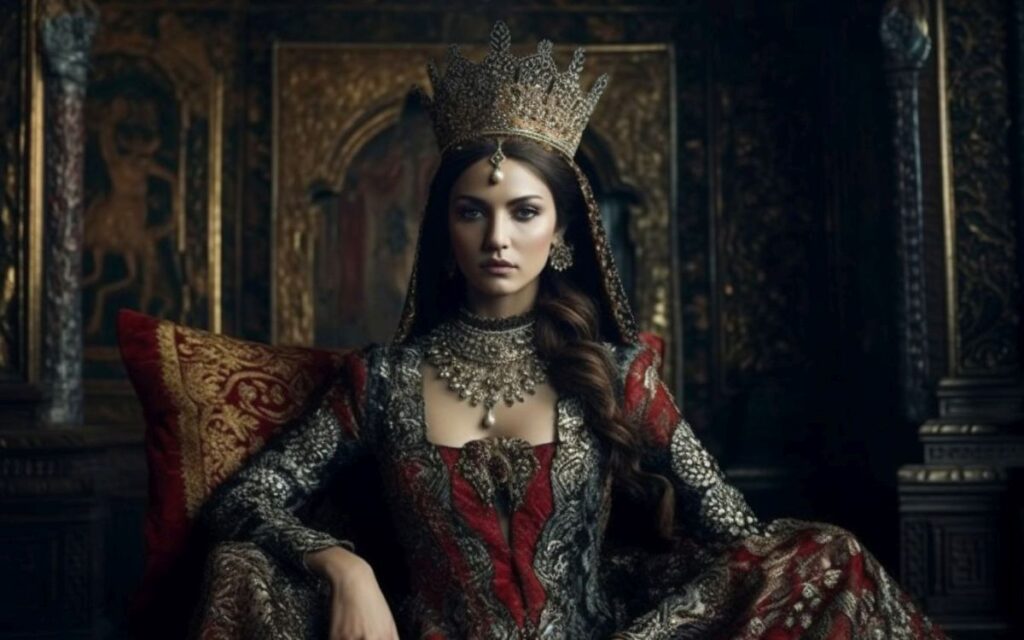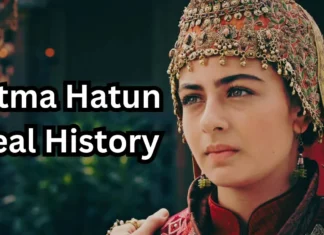Mara Branković or Mara Hatun was a Serbian noblewoman and queen consort of the Ottoman Empire by her marriage to Murad II. Although she was originally from a Christian family, she was one of the important figures in the history of the Ottoman Empire and had a very interesting and contradictory life filled with politics and family scandals.
Early Life and Background
Mara Branković was born between 1417 and 1420 to Serbian ruler George Branković, and his second wife, Irina. She was born as the second of five sisters and had family ties to both the Ottoman Empire and the Empire of Trebizond through her mother. They claimed direct ancestral connections with the Ottoman Empire through Sultan Bayezid I’s wife, Oliv Lajaro or Despina Hatun.
Marriage to Sultan Murad II
George Branković finally accepted a treaty with Murad II in May 1428, which would involve him marrying Mara to the Sultan. At the time of the agreement, Mara was about 10 years of age. She was between 17 and 20 years old when the marriage was formalized in September 1436. It was aimed at consolidating the military cooperation between Serbia and the Ottoman Empire in the fight against Hungary.
Political Intrigues and Family Conflict
In the year 1438, George Branković violated the treaty by hindering the Ottoman troops to move and as a result, Sultan Murad II invaded Serbia. This led to George’s escape to Venice and Sultan Murad replacing her brother Gregor on the throne of Serbia. Upon learning about George’s efforts to organize a crusade against the Ottomans, on April 15, 1441, Sultan Murad blinded Mara’s brothers, Stefan and Gregor. Unfortunately for Mara Hatun’s brothers, their plea for mercy arrived too late to spare them from punishment.

Life After Sultan Murad’s Death
Sultan Murad II died on February 3, 1451 and was succeeded by his stepson, Mehmed II. There are several other issues that Mehmed II changed in the Ottoman court and one of them was a decision to marry Mara Hatun to a loyal subject which was not acted out because of the Serbian king. Interestingly, Mara Hatun refused to marry again and consequently, dedicated herself to the empire.
Influence and Legacy
Mara Hatun never learned Turkish and relied on translators for communication. She spent time in Bursa and later returned to Serbia. Following her father’s death in 1456, further family conflicts arose, leading to her brothers and uncle seeking refuge in the Ottoman Empire. Mehmed II was said to have a deep affection for Mara Hatun, which led some European historians to speculate about his Christian sympathies and his influence by Mara. Sultan Mehmed II was proficient in several languages, including Romanian, which Mara Hatun taught him.

Final Years and Death
Mara Branković died in 1487 at the age of 66 in Kastoria, then under Ottoman control. She left a notable legacy as a Christian princess who navigated complex political landscapes and made significant contributions to both Ottoman and Serbian histories.












